Advertisement
Piriformis syndrome can disturb daily life with discomfort and agony. This disorder results from the piriformis muscle, deep in the buttock, compressing the sciatic nerve. The outcome is often discomfort radiating down the leg, making even basic actions like sitting or walking unpleasant. Thankfully, focused stretches and workouts can help with flexibility and offer relief. Frequent movement releases the tight piriformis muscle, therefore relieving sciatic nerve irritation.
These movements relieve pain and strengthen the surrounding muscles, thus avoiding future problems. If you have piriformis syndrome, including particular workouts in your regimen will help greatly. This guide will discuss the seven best stretches and workouts meant to treat piriformis syndrome. If committed and consistent, you can recover mobility and live more comfortably. Let's explore these successful approaches to recovery and relief!
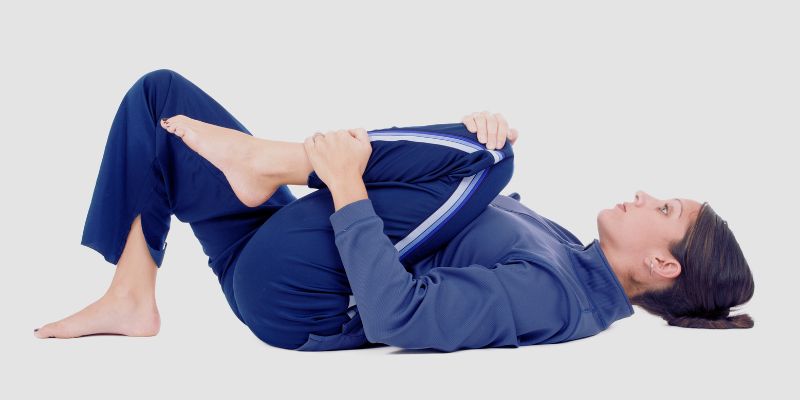
These are the finest workouts for piriformis syndrome. Every exercise releases pain by focusing on the piriformis muscle and adjacent areas.
Among the most successful stretches for this disorder is the seated piriformis stretch. Ground yourself and stretch your legs in front of you. Crossing one leg over the other, ground the foot next to your other knee. Holding the bent knee with your opposite hand, slowly twist your upper body toward the bowed leg. Keep your shoulders free and your back upright. Spend thirty seconds in this posture, then turn sides and repeat. This stretch helps reduce tension by targeting the piriformis muscle and adjacent areas. It is a perfect option for individuals who spend much time seated since it releases lower back discomfort and lessens muscle stress.
The supine piriformis stretch is another great approach to loosen the piriformis muscle and ease pain. Lie on your back for this stretch; bend at the knees and ground your feet flat on the floor. Forming a figure-four, place your right ankle on your left knee. Keeping your head and shoulders on the ground, grab the back of your left thigh and softly draw it toward your chest. Spend thirty seconds holding for the stretch in your right glute. Later, flip sides and repeat. This stretch expands your hips and releases tension in the piriformis muscle, relieving glute and lower back pain. It also improves regional blood flow, fostering flexibility and healing.
The standing piriformis stretch is excellent for people who must release tension on demand. Stance tall with your feet shoulder-width apart to stretch this. Crossing one leg over the other, position the ankle directly above the knee of your standing leg. Keeping the back straight, bend your standing leg at the hips and slink forward. Spend thirty seconds in this posture, then turn sides and repeat. This stretch releases hip and buttocks stiffness and helps you to enhance your balance. Those who suffer from tightness from extended sitting or standing will benefit.
Hip bridges are excellent for developing the glute musclesvital for pelvis stabilization and pressure release on the piriformis. For this exercise, lie on your back hip-width apart, feet flat, and knees bent, on the floor. Arrange your arms at your sides, palms facing down. As you slowly raise your hips toward the sky, squeeze your glutes at the peak of the range. Spend a few seconds making sure your body runs straight from your shoulders to your knees. Lower back down and repeat this action ten to fifteen times. This exercise tones the hamstrings, lower back muscles, and glutes, relieving pressure on the piriformis.
Clamshells are a basic yet powerful exercise targeting the glutes and hips that will help any program meant to alleviate piriformis discomfort. Lie on your side for this exercise, knees bent and feet together. Keep your feet together, and raise your top knee as high as possible without straying your pelvis or lower back. Slink the knee gently back down. On each side, repeat this action ten to fifteen times. By strengthening the muscles around the hips and glutes, clamshells help to stabilize the piriformis and stop discomfort. Improving hip stability is especially important for preserving appropriate alignment and lowering the chance of pain; hence, this exercise is helpful.
Popular yoga stretches the pigeon stance, expands the hips, and releases strain in the piriformis muscle. Start this pose on all fours in a tabletop position. Extending the opposite leg straight behind you, bring one knee forward and position it behind your hand. Let your hips descend toward the ground as you gently lower your body over the bent leg. Concentrating on deep breathing, hold the stretch for thirty seconds, then turn sides and repeat. The pigeon pose releases tension and pain by stretching the hip flexors and piriformis. It also improves general hip mobility, which will help, especially if you spend a lot of time seated.
Stretching your piriformis with a foam roller is a great approach to massage the muscle and release tension. To achieve this, sit on a foam roller, knees bent and feet flat. Making a figure-four shape, cross one ankle over the other knee. For roughly 30 to 60 seconds, lean somewhat toward the side of the crossed leg and gently roll back and forth, concentrating on the glute area. If you discover a particularly tight region, gently press and change your position. By relaxing tension in the piriformis muscle, this self-massage technique increases blood flow, reducing pain and inflammation.
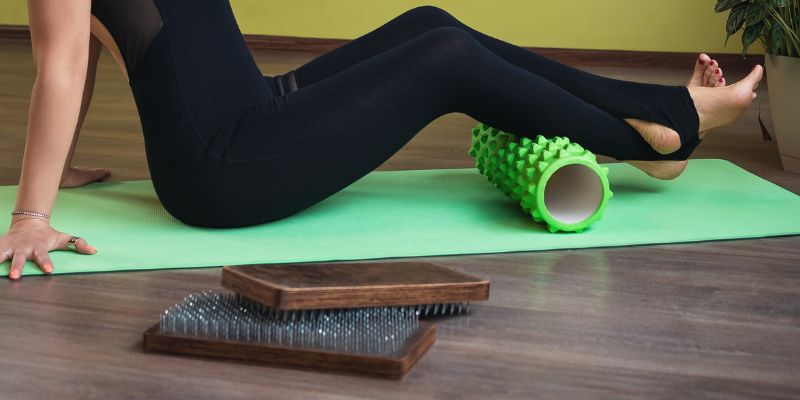
Though regular stretching and strengthening activities can help, Piriformis syndrome can be uncomfortable. These seven stretches and exercises help to increase flexibility, lower pain, and build the muscles, targeting the piriformis muscle and the surrounding areas. Keep up a constant schedule; you will see progress over time. Before beginning any workout regimen, though, always see a healthcare provider, particularly if you have injuries or persistent discomfort. These dedicated workouts can help restore mobility and reduce piriformis syndrome pain.
Advertisement

By Aldrich Acheson/Oct 31, 2024

By Sid Leonard/Nov 10, 2024

By Susan Kelly/Nov 30, 2024

By Korin Kashtan/Dec 26, 2024

By Mason Garvey/Jan 01, 2025
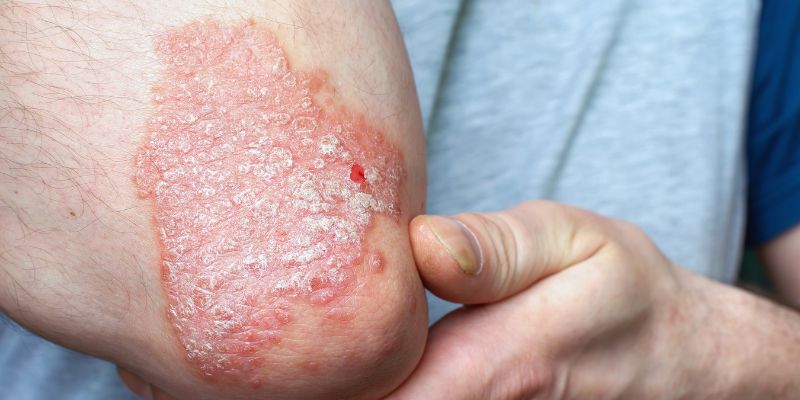
By Isabella Moss/Dec 26, 2024
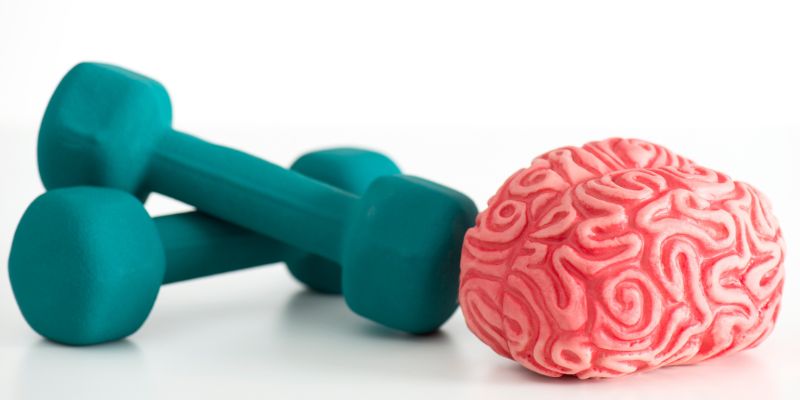
By Nancy Miller/Oct 18, 2024
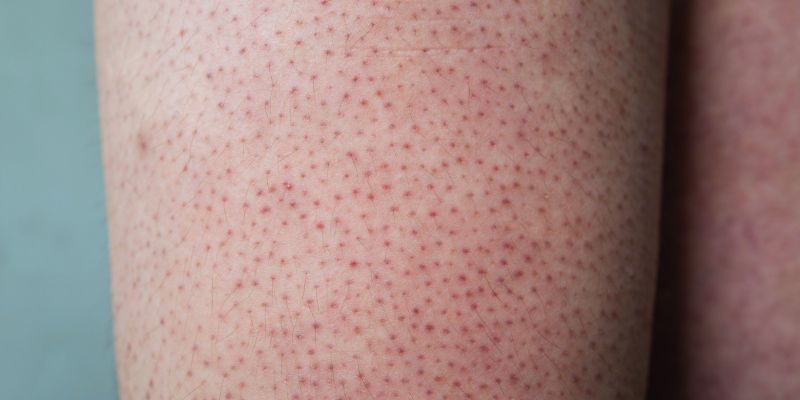
By Maurice Oliver/Dec 26, 2024

By Christin Shatzman/Oct 14, 2024

By Georgia Vincent/Nov 05, 2024

By Juliana Daniel/Jan 01, 2025
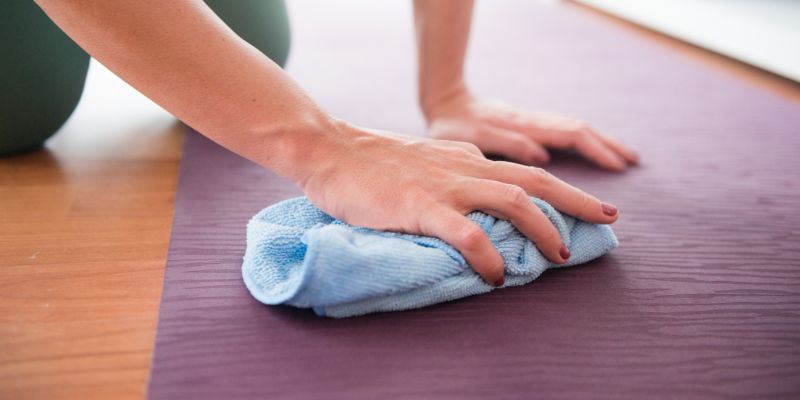
By Alison Perry/Oct 18, 2024